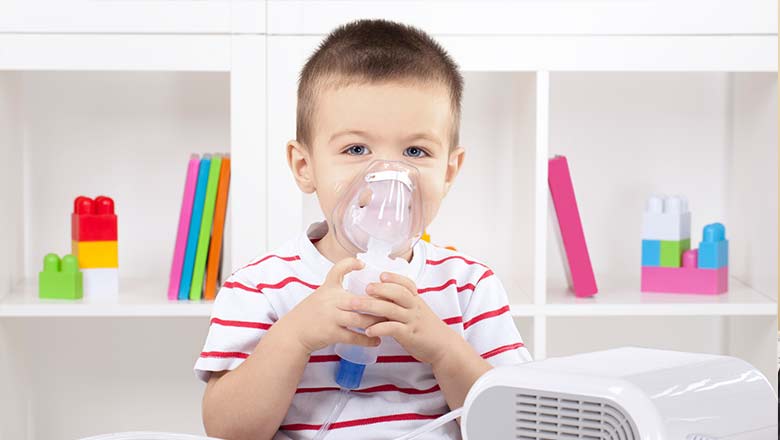Search
Research
Airway and parenchyma transcriptomics in a house dust mite model of experimental asthmaLung transcriptomics studies in asthma have provided valuable information in the whole lung context, however, deciphering the individual contributions of the airway and parenchyma in disease pathogenesis may expedite the development of novel targeted treatment strategies. In this study, we performed transcriptomics on the airway and parenchyma using a house dust mite (HDM)-induced model of experimental asthma that replicates key features of the human disease.
Research
From Beneath the Skin to the Airway Wall: Understanding the Pathological Role of Adipose Tissue in Comorbid Asthma-ObesityThis article provides a contemporary report on the role of adipose tissue in respiratory dysfunction. Adipose tissue is distributed throughout the body, accumulating beneath the skin (subcutaneous), around organs (visceral), and importantly in the context of respiratory disease, has recently been shown to accumulate within the airway wall: "airway-associated adipose tissue." Excessive adipose tissue deposition compromises respiratory function and increases the severity of diseases such as asthma.
Research
Distribution, composition, and activity of airway-associated adipose tissue in the porcine lungPatients with comorbid asthma-obesity experience greater disease severity and are less responsive to therapy. We have previously reported adipose tissue within the airway wall that positively correlated with body mass index. Accumulation of biologically active adipose tissue may result in the local release of adipokines and disrupt large and small airway function depending on its anatomical distribution. This study therefore characterized airway-associated adipose tissue distribution, lipid composition, and adipokine activity in a porcine model.
Research
Vitamin D receptor polymorphisms are associated with severity of wheezing illnesses and asthma exacerbations in childrenThese findings suggest that genetic variants at the VDR locus may play a role in acute wheeze/asthma severity in children
Research
Progressive increase of FcεRI expression across several PBMC subsets is associated with atopy and atopic asthma within school-aged childrenThe expression pattern of FcεRI on DC and basophils differentiates asthmatic from non-asthmatic atopic children

News & Events
Funding boost to improve anaesthesia safety for kids with asthmaTelethon Kids Institute and the PMH Anaesthesia Research Team will work to improve the safety for young children with asthma undergoing general anaesthesia.

News & Events
Video: Aboriginal AsthmaWadjuk Nyungar man Walter McGuire talks about the importance of air quality to our health.
News & Events
Research reveals new link between Vitamin D, lung bacteria and asthmaA The Kids for Child Health Research study has uncovered a new link between vitamin D levels and asthma.
Research
Multi-centre, multi-disciplinary study using a systems biology approach to investigate immunomodulation in children with acute wheezeIngrid Pat Laing Holt BSc PhD PhD, DSc, FRCPath, FRCPI, FAA Head, Children's Respiratory Science Emeritus Honorary Researcher 6319 1828 Ingrid.laing@
Research
The mechanism of deep inspiration-induced bronchoprotection: Evidence from a mouse modelIn healthy individuals, deep inspirations (DIs) taken prior to a bronchial challenge reduce the bronchoconstrictor response, which is termed...
